As first-time parents to a newborn we are flooded with different questions: How often do I bathe my baby? Is he eating enough? How do I stop him from crying? This list goes on and on. What we have also come to realize is that many new parents are left scratching their heads regarding one simple yet recurring issue: where to put baby for daytime naps…
There are so many options that sometimes new parents are left wondering if what they are doing is right (and safe). There is the crib (in the nursery), bassinet, baby box, pack n’ play, babywearing and sometimes a parent’s arms will do the trick. So, which ones are ideal for daytime naps and which ones should you avoid?
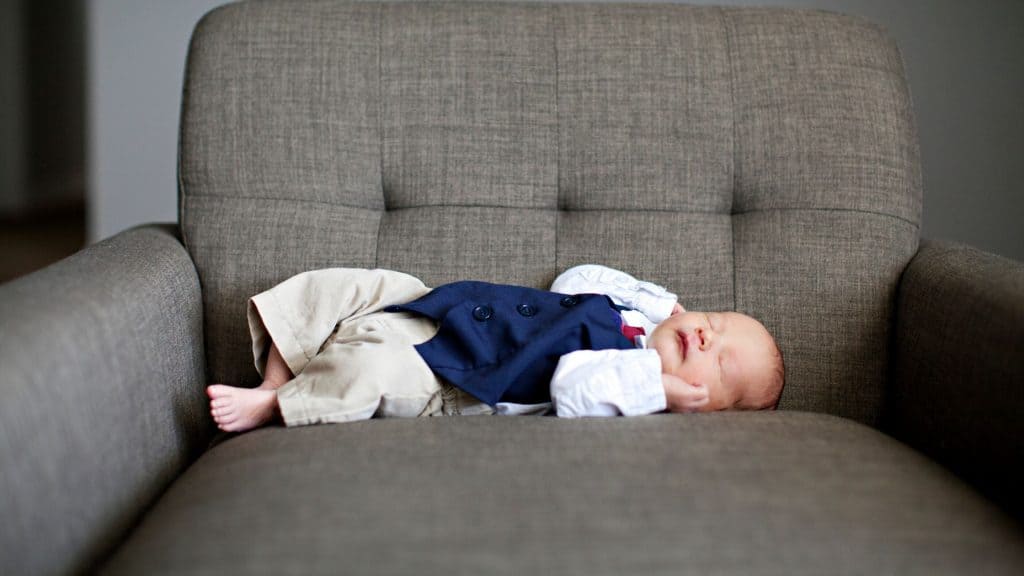
Napping is critical for newborns. On average a newborn sleeps 14-17 hours a day split between nighttime sleep and daytime sleep (naps). That being said, not all babies are naturally great nappers, or sleepers for that matter.
Many new parents are shocked when they bring their newborns home and find out that their babies are definitely not sleeping 14-17 hours a day! The lack of daytime naps can lead to an extremely fussy, unhappy and relentlessly crying baby.
How much and how often should newborns nap?
Before we get into the “where”, lets take a quick peek at what napping should look like for most newborns. Obviously not every baby is the same so these are NOT hard-set rules, but it is common practice amongst babies and can be used as great guideline to get you started.
How much should your baby be napping?
The frequency of naps will depend on your baby’s age and also his wake windows. “Wake windows” is simply a fancy term for how many hours your baby can stay up at a given time.
A typical newborn nap can last anywhere from 20 minutes to 120 minutes. I know, 20 minutes sounds short but if you put your newborn down and he stays asleep for 20 minutes, consider that a successful nap. As he grows and develops, the naps will likely get longer and more consistent.
Most sleep experts will tell you that daytime naps should last no more than 120 minutes
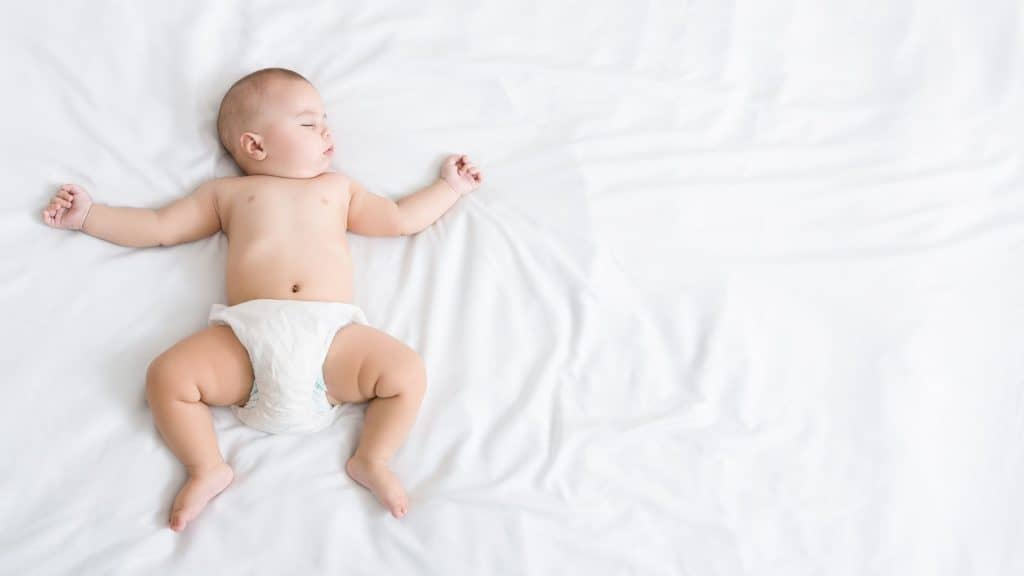
How often should babies nap?
Every baby’s sleep schedule is different so there isn’t one exact formula that works for every baby out there. There are however some guidelines that we as parents can use as something to compare against. In general, a baby nap schedule will continuously evolve during the first 2 years so don’t expect it to always be the same.
Here is a very rough idea of what nap schedules should look like at different ages:
0 to 8 weeks old: 3 to 5 naps per day lasting from 20 to 120 minutes each
2 to 3 months old: 3 to 4 naps per day lasting from 30 minutes to 2.5 hours
4 to 6 months old: about 3 naps per day lasting from 1 to 3 hours each
6 to 10 months old: 2 or 3 naps per day lasting between 1 to 3 hours each
10 to 14 months old: 1 to 2 naps per day lasting between 1 to 3 hours each
The importance of Safe Sleep – At home or on the go
It is very important to remember the safe sleep guidelines. Whether he is going down for a nap or overnight sleep, always make sure that you are adhering to the American Academy of Pediatrics AAP safe sleep guidelines. It is extremely important to understand the criteria for safe sleep in order to help reduce the risk of SIDS.
We understand that there is a lot of information to take in so consider the very helpful acronym that we love: ‘ABC’. ABC helps parents remember that baby’s sleep is safest when:
Alone – Nothing else but baby in crib; example: no blankets, stuffed animals, pillows, etc.
Back – Always place baby on his back
Crib – Always place baby in a crib, bassinet, pack n play that is designed for baby’s safe sleep (i.e. not a couch, or bed.)

Where to put baby for daytime naps?
OK, now let’s look at where to nap baby. At the early stages of your baby’s life, most naps will take place at home. As the baby gets bigger and the family feels more established it is commonplace that naps will happen on the road, at friends’ and family’s homes and even in the car.
Daytime naps at home
If you’re at home, the world is your oyster. Don’t overstress about where to nap your baby during the day at home.
Either the crib, bassinet, pack n play, baby box or even your arms will do!
Ideally you want your baby to be comfortable with his usual sleeping area so it’s sometimes suggested to have your baby nap in his crib or bassinet even during the day. This can help establish better sleep patterns for the night sleep as well.
For naps in the crib, make sure to verify if your crib mattress is safe for newborn babies before using it, even for naps. Naps in the crib are a great way to get baby used to the crib slowly before making the permanent move for night sleep.
Bassinets are perfectly fine for daytime naps as well. Either bring your bassinet to the main living area of have a baby monitor setup nearby and let baby snooze away.
In case you prefer to have your little one nearby during the day, there are a few other options to consider:
Use your bassinet for daytime naps
Many bedside bassinets are portable and can be used for night sleep in the parent’s bedroom as well as around the house during the day for daytime naps. If you have one that is easily portable, feel free to move to your main living area so you can keep an eye on him while you go about your many other chores.
Some pack n’ plays also come with a detachable bassinet that can work wonders for a quick snooze. They can usually be used attached to the play yard or detached and placed on the floor anywhere you go. For safety, avoid placing these bassinets in elevated surfaces and respect the weight limits marked on the tag.
There are also stroller type bassinets that can be used for sleep such as the UPPAbaby stroller bassinet. If you have one of these and don’t mind having the stroller open in the house you can definitely use it for naps. Make sure the stroller wheels are locked though.
Use a play yard or portable cribs for naps
Some pack n play style playards and portable cribs are safe for daytime sleep and can be the perfect solution for supervised naps. Make sure to check the manufacturers guidelines for sleep and ensure that the model you have is approved for sleep.
As always, verify there is NOTHING else in the playpen while your baby is napping and check for a few important safety features and guidelines specific to playpens (Source: Canada.ca)
- Breathable side wall
- Hard, breathable mattress
- Playpens are not always meant for unsupervised sleep
- Never place a baby in the playpen while the bassinet or change table accessories are attached
- Ensure proper setup and that all sides are locked in place
- Make sure your playpen is NOT near a window or patio door where blinds or curtain cords are within reach
- Place the playpen away from stairs, doors, furniture and appliances
- Remove mobiles as soon as your baby can push up on his or her hands and knees
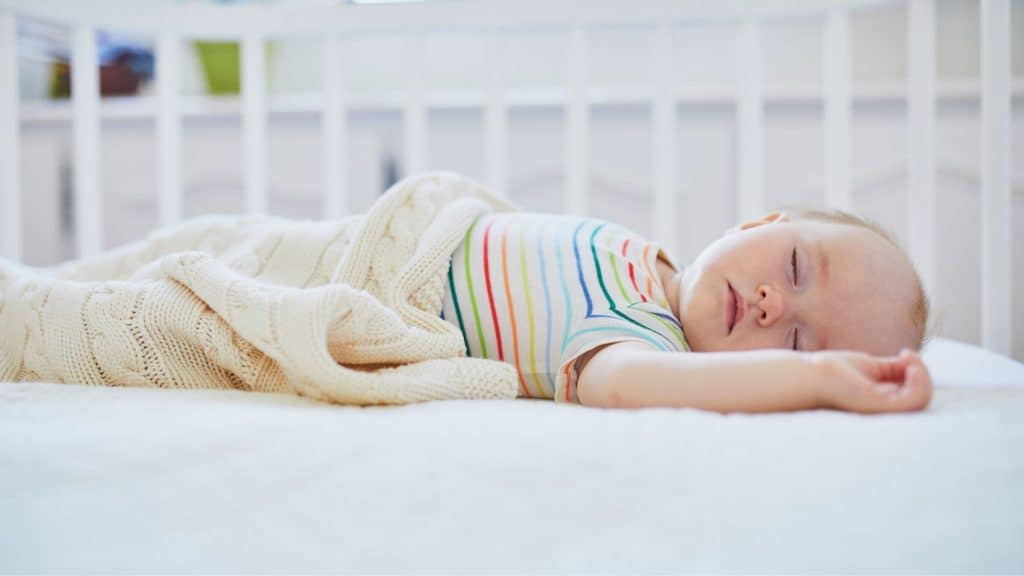
Have you tried a baby box?
Baby boxes are a fairly new trend in north America but they have been used in countries such as Finland for a long time. Finland has the lowest baby mortality rate in the world and many attribute it to their strict sleeping guideline and the used of baby boxes.
In short, a baby box is a cardboard boxes with a thin mattress. They are safe to be used on the floor and easy to move around (as long as your baby is NOT in it).
Baby boxes are sometimes given away for free for promotional purposes and to promote safe sleep practices. They can also be found in some retailers. DO a quick search for “Free baby box” in your area to find out more.
If you have a medium to large dog or a cat at home, you may want to steer away from the baby box. Your dog can not only see and reach your baby while he is on the floor but they can also jump in when you are not looking so make sure to check your environment before using one of these.
Naps on the road
When you are on the road, you will sometimes have to improvise. There are some great options such as bringing along a portable crib or pack n’ play, or having a crib set up at Grandma’s house.
But what happens if none of these are available? We improvise!
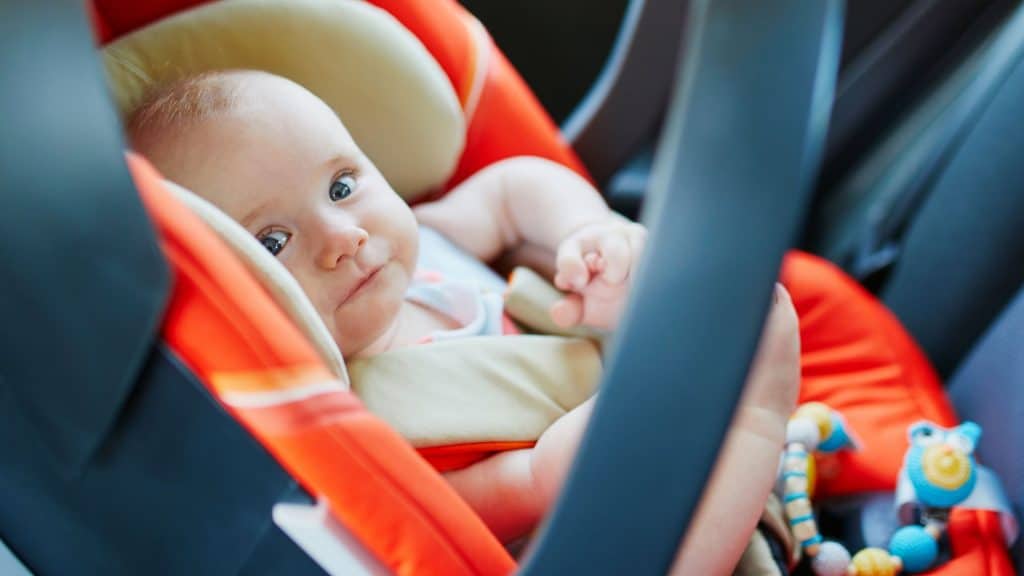
Naps in the car seat
Car seats are home to many naps on the road, but beware that sleep safety guidelines do not suggest extended naps or long sleeps in a car seat. Car seats are perfectly fine and safe for short naps while you are on-the-go so don’t think that you need to keep your baby awake in a car seat.
Once you arrive at your destination, it is suggested to remove your baby from the car seat and have the nap continue elsewhere.
The reason for this is that the your baby’s head and neck can end up in a less than ideal position in a car seat. The head hangs forward potentially restricting or impeding breathing.
Most car seat manufacturers recommend that babies shouldn’t be in a car seat for more than 2 hours at a time.
If your baby is sleeping in the car seat make sure to check on him periodically and take him out as soon as you arrive at your destination.
Stroller naps
Just like the car seat, the stroller should not be used for extended sleep. It is not safe for young babies to be in a seated or semi-reclined position for too long while sleeping.
Some strollers can be set to a fully reclined position which is preferable for naps.
If you are on the road and your baby falls asleep in the stroller, don’t stress about it. Recline the seat so it is as horizontal as possible and go about your daily tasks.
As suggested earlier, keep an eye on him and don’t leave baby in the stroller for over 2 hours straight.
Napping in a baby carrier
Baby carriers are another great way to get a nap in while keeping baby close and supervised. Baby wearing can make parents’ lives much easier and allow you to go about your daily activities with two free hands!
Like the car seat and the stroller, the baby carrier should not be used for extended periods without a break so follow the same guidelines.
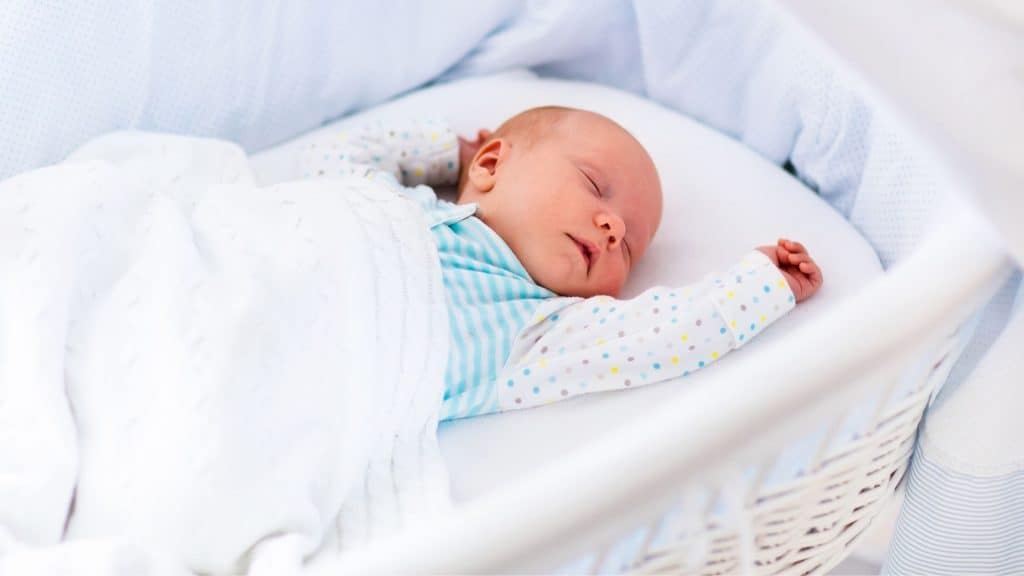
Optimal napping conditions
Alright, so we have chosen a safe vessel for the baby to sleep in, we are making sure that we have adhered to safe sleep guidelines, and we are watching out for babies wake windows. Surely my baby should just fall right asleep! Unfortunately, sometimes babies still need a little help catching some zzz.
Here are some quick tips to help guide you baby towards a nice long nap:
- Use a sound machine or other device to play white noise
- Block some (or most) of the direct light
Falling asleep in a really bright environment can be hard for babies. Most people agree that you don’t need complete darkness for naps, because you also want babies to learn to differentiate day from night. But, blocking some of the light can help steer him in the right direction and it also blocks some of the distractions from the world.
You can use a breathable car seat cover or some window sunshades when in the car. At home just make sure no direct sunlight is shining in his eyes and find a dark-ish area to settle him down.
- Add some movement
Most babies love a car ride and being in the baby carrier for one main reason:
Both the car and walking around with your baby in the carrier will calm them because of the induced vibration and motion. If you are not in one of these two situations you can always rely on the good old bounce.
Rock or bounce baby around for a bit and watch them start to yawn and calm down getting them ready for a nap.
Where should newborns nap?
There are so many options of where you can safely put your newborn baby to nap. Bassinets, cribs and play yards are the obvious ones but you can always get creative and have naps in the car, stroller, in a baby carrier or even just cuddle your little one in your arms if you feel they need a bit of human touch.
Babies need a lot of sleep, but sleeping doesn’t always come as naturally to some babies as people think.
You have many options when it comes to putting your baby down for daytime naps, but sleep safety comes first. Always ask yourself if the accessory you are about to use is age appropriate and safe for sleep – run a quick google search or check the manufacturer’s manual if you’re not sure.
The frequency of naps really depends on your baby’s sleep cycle and wake windows, but your instincts are a key factor. Knowing when baby is tired (vs hungry) is your secret weapon for creating the conditions for a successful and long lasting nap whether at home or on the road.
As babies get older, more and more naps tend to happen outside of the home.
If baby doesn’t sleep as well outside of the house, that’s perfectly normal! Luckily there are some wonderful portable sleep accessories to help parents along the way.
Although sleep routines are very important, finding the right amount of flexibility in your baby’s schedule will serve you and your family well in the long run.
If all else fails and you decide to try out a smart bassinet to help with naps, I suggest you check out my SNOO review to find out how I conquered daytime naps.
Paul is a passionate dad who founded Upside Dad to share his parenting journey with other new parents. He graduated from Concordia University and worked as a test engineer for over a decade. Paul loves dad jokes and craft beer.
Learn more about Paul and Upside Dad here.
